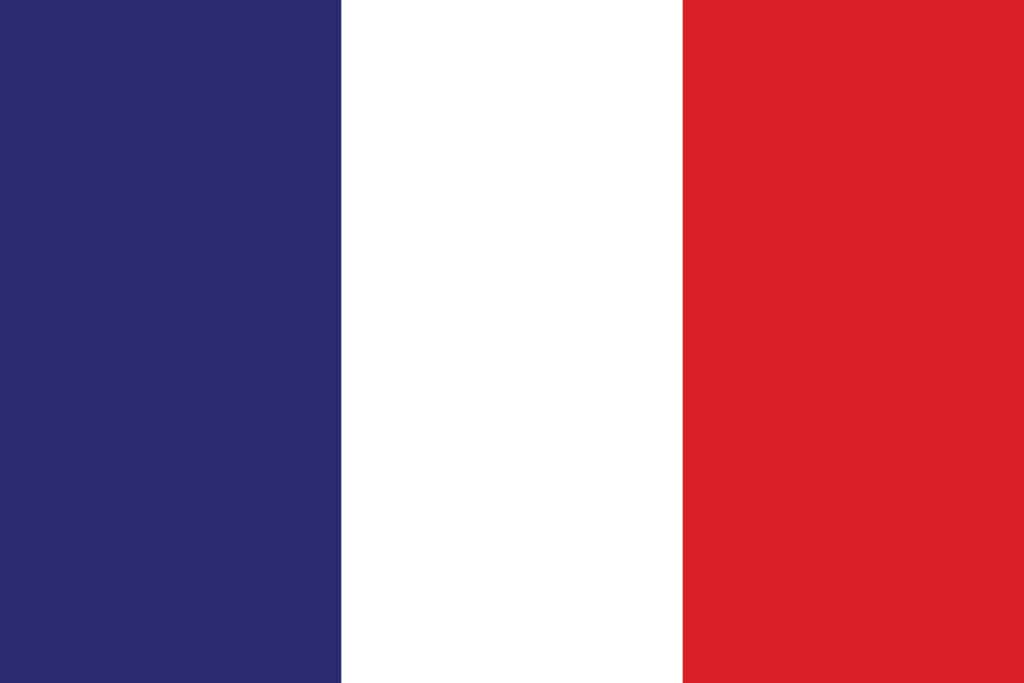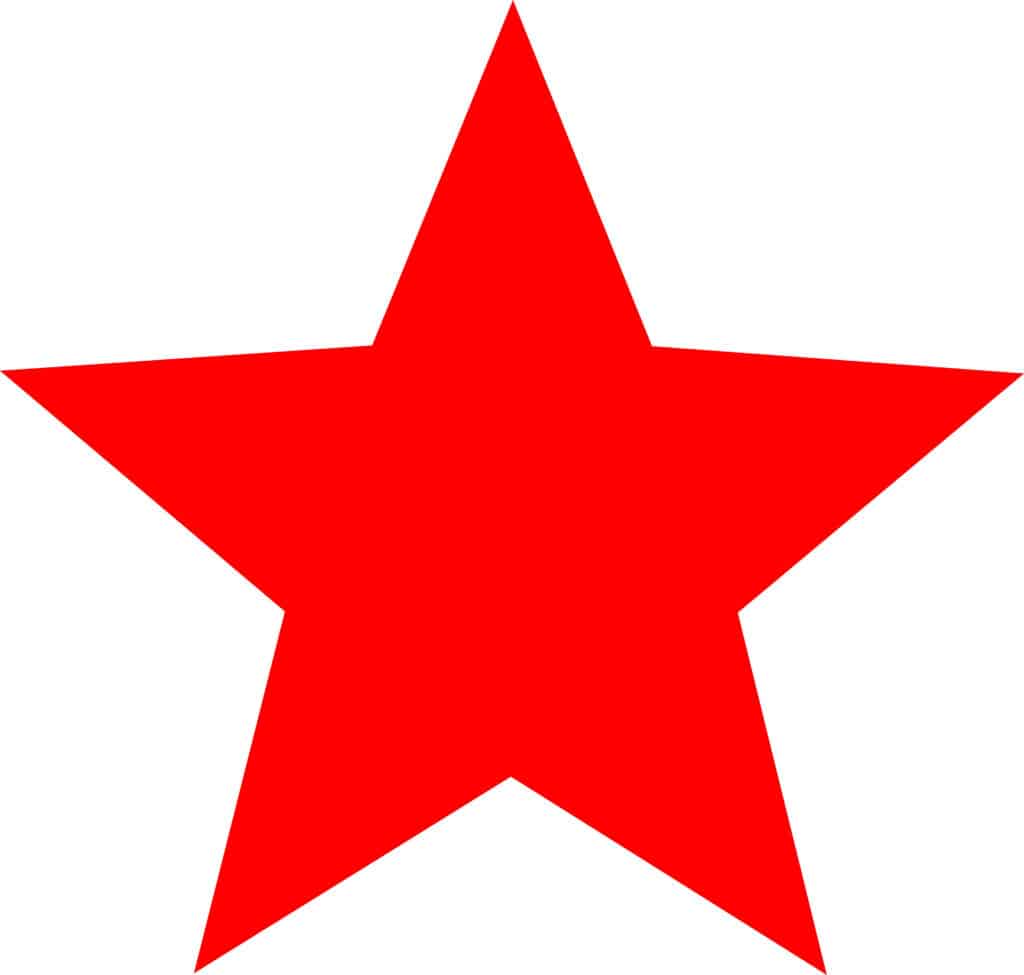Like flags of most African nations, that of Djibouti dates back to the decolonization period, particularly the years that followed the Second World War. As a result, Djibouti’s modern flag emulates several other flags in Africa and beyond.
After the country gained its independence from France, then police head, Yacine Galab, launched Djibouti’s national flag on June 27, 1977. Mahamond Harbi, a renowned Djiboutian independalist, designed it.
But Djibouti’s historical flags had little influence on the current flag’s design. The designers of the Djibouti flag decided to focus on the future of the country.
As a result, Djibouti’s current flag represents the modern nation as opposed to its past, making it both a symbol of the nation and hope for its future.
Today, we delve into the history of the flag of Djibouti as well as its meaning and symbolism.
History of the Flag of Djibouti
Before French Somaliland was established, various other flags were in use in Djibouti, including:
- Religious flags
- The Sultanate of Tajoura flag
- The Ottoman Empire flag
825 A.D. to late 19th Century
About 825 A.D., the area around present-day Djibouti was an Islam region. The Issas and Afars controlled and ruled the region that mainly engaged in trade with other regions. The Arab traders controlled the area up to the 16th century.
In the late 19th century, during the scramble for Africa, France captured a small coastal area at the Red Sea’s entry point. At the time, the area’s historical red flag had the former Sultanate of Tajaora’s basic red banner.
The French arrived in 1862, and after intense negotiations with the Sultans, they settled in the area. In most of these negotiations, the French offered the Sultans money to win their favor. At the time, the French and the British were in fierce competition, having already earned territorial rights in the area.
The French then built Djibouti City on the country’s southern shore, inhabited mainly by ethnic Somalis. In fact, the Somali’s official trade outlet was Djibouti.
Further, the French constructed a railroad in Djibouti; the railroad is today of great commercial importance to the region, especially Ethiopia.
Early to Mid-20th Century
After the construction of Djibouti City and the railway, France named the area French Somaliland. France’s red, white, and blue tricolor flag flew over the country. In 1945, France declared French Somaliland an overseas territory of the European country.
But the Issas ethnic group had had enough of what they considered intruding visitors who were now ruling over them. So, in 1949, the Issas held demonstrations against the colonial powers of France, England, and Italy. They wanted all colonial powers in the country expelled.
In contrast to the Issas, the Afars fully supported French rule. They did not mind Italian and British colonial masters leaving their land, but the French could remain. This tolerance for the French may be attributed to the massive infrastructure projects France had launched in the area—including the city and the railway.
At the height of the demonstrations on August 25, 1966, Djibouti nationalists and French government police officers clashed in Djibouti City. The altercation led to the death of one government police officer and 10 civilians. This led to the arrest of 27 people in connection with the demonstrations.
The demonstrations notwithstanding, the French were not ready to leave Djibouti. In order to stay, they had to do something quickly to appease the demonstrating locals and hopefully win them over to their side.
The French expelled all Somalis from the territory to ease the unrest that was growing in the country. As a result, about 6,000 Somalis were deported to Somalia from August 1966 to March 1967.
In addition, the French changed the area’s name to the “French Territory of the Afars and Issas.” With this move, the French hoped the locals would feel like they owned the area, despite the French occupation. This move achieved its intended purpose, for calm returned to Djibouti.

Geniusbonkers/Shutterstock.com
Late 20th Century
In the early 1970s, the Somalis who had been expelled from the French-occupied territory joined the Somali Coast Liberation Front (SCLF).
SCLF was a movement founded by Mahamoud Harbi in 1960, with Adan Abdule as its founding president. It was a nationalist organization that later metamorphosed into a guerilla group. Its aim was to reclaim the Somali coast from the colonial powers.
The Africa National Liberation Union used the current Djibouti flag in 1972. Later, after the 1976 uprising, France granted independence to the region in 1977, making Djibouti the last French colony on the African continent to gain independence. The newly independent nation adopted ANLU’s flag as its national flag.
When Iraq invaded Kuwait in 1990, Djibouti signed a military treaty with Iraq that allowed France to increase its military presence in Djibouti. The Djibouti president also allowed forces allied with Iraq to use Djibouti’s naval facilities for the purpose of the invasion.
In 1991, Afar rebels launched a civil war in northern Djibouti, an area they considered their traditional territory. This led to a referendum in 1992 that approved a new constitution. A peace accord followed in 1994.
Just before the 1997 general elections, government forces began fighting with Afar separatists who had opposed the 1994 peace negotiations and pact. However, the government forces quickly overcame the rebels.
Djibouti went on to hold the scheduled elections, and Ismail Omar Guelleh emerged victorious. Guelleh has since maintained close ties with France and has even allowed French soldiers to set up a base in Djibouti.

M_Videous/Shutterstock.com
Meaning and Symbolism of the Djibouti Flag
Djibouti was the last French colony in Africa to gain independence. Its national flag features two equally sized bands dissecting it. Light blue is the first color of the flag and appears at its top. The second color, light green, appears on the flag’s bottom portion. A white isosceles triangle is on the Djibouti flag’s hoist side. The triangle’s center features a red five-pointed star with a size ratio of 4:7.
Let’s find out what each color and symbol means:
White
The white triangle on Djibouti’s national flag symbolizes peace. It expresses the aspirations of the people of Djibouti to live in harmony despite their diversity.
Green
The green color on the Djibouti national flag represents the earth. But according to ANLU, the green color also represents the Afar Muslims, a major ethnic group in Djibouti.
Blue
The blue color symbolizes the sky and the sea. It also represents the Issas Muslims, another major ethnic group in Djibouti.
The Red Five-Pointed Star
The red five-pointed star stands for the unity of the people of Djibouti and the blood the martyrs shed in the country’s quest for independence. The color also stands for independence. In addition, the five-pointed star represents the regions that Somalis occupy in the region. The five areas include:
- The Northern Frontier District that refers to part of Kenya
- The Ogaden
- French Somaliland that refers to Djibouti
- Italian Somaliland that refers to Somalia
- British Somaliland that also refers to Somalia
The Djibouti military uses a roundel of white, green, light blue, and yellow concentric circle disks.
All the colors and symbols of Djibouti’s flag symbolize a united nation with diverse people. The flag is a break from the region’s earlier flags, which represents the nation’s readiness to let go of its past and champion a brighter future.
Djibouti’s coat of arms was introduced almost at the same time as its flag. It features two arms, Issa and Afar, each with a sharp knife. Between the two arms is a round shield and a lance, symbolizing the country’s readiness to defend itself. A red star sits above them. A laurel leaves wreath surrounds the entire coat of arms to signify unity and victory.

Rosalie Jefferies/Shutterstock.com
Up Next:
- 10 Countries with Stars on their Flags
- 10 Countries with Blue and White Flags
- The “Join, or Die” Snake Flag’s Surprising History, Meaning, and More
The post The Flag of Djibouti: History, Meaning, and Symbolism appeared first on AZ Animals.
from Animal News, Facts, Rankings, and More! - AZ Animals https://ift.tt/mlFKtjV